Disclosure: This article contains affiliate links. We may earn a commission from purchases at no extra cost to you, which helps our travel content.
Standing atop the Continental Divide overlooking Butte, Montana, I found myself caught between two worlds—much like my own cultural heritage. Below me sprawled the remnants of America's copper mining past, a landscape both scarred and beautiful, while the surrounding mountains stretched toward an endless Montana sky with pristine wilderness. This tension between industrial heritage and natural splendor creates a uniquely compelling destination that few travelers truly understand. Having spent years documenting the intersection of human craft and natural resources across continents, I was drawn to Butte's story of extraction and resilience. This former copper boomtown once called itself 'The Richest Hill on Earth,' and while those days have passed, what remains is a raw authenticity rarely found in more polished destinations. Join me for a week exploring this underappreciated gem where mining history meets mountain adventure.
Understanding Butte's Mining Legacy
The first time I walked through Butte's historic uptown district, I was struck by what the Japanese concept of wabi-sabi might call 'the beauty of imperfection and impermanence.' The Victorian-era buildings stand proudly despite their weathered facades, telling stories of boom and bust cycles that defined this remarkable place.
To truly understand Butte, you must begin at the World Museum of Mining. Built around the actual Orphan Girl Mine, this living history museum offers an immersive glimpse into the underground world that shaped this community. I spent a full morning exploring the 50+ buildings in the recreated mining town before taking the underground mine tour, where former miners guide you through the tunnels with stories that bring the dangerous and difficult work to life.
The Berkeley Pit—once an active open-pit copper mine, now a toxic lake—serves as a sobering reminder of mining's environmental legacy. The viewing platform offers a stark panorama that confronts visitors with questions about resource extraction and sustainability that have shaped my professional life. While many find it merely a curious stopover, I recommend sitting with the view and considering the complex relationship between human progress and environmental cost.
For a more comprehensive understanding, the Butte-Silver Bow Archives and Mai Wah Museum document the diverse communities—particularly Irish and Chinese—that built this city. The architectural details preserved in these historic buildings reflect craftsmanship that reminds me of my grandfather's attention to detail in his ceramic studio.
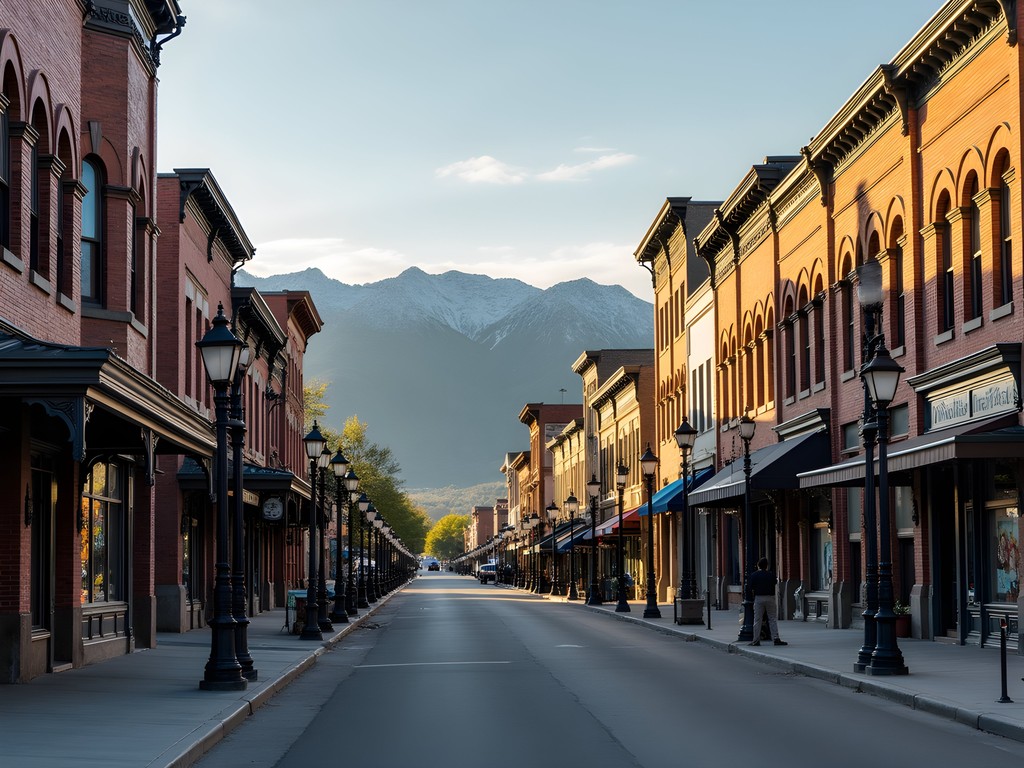
💡 Pro Tips
- Purchase the combined ticket for the World Museum of Mining that includes both the outdoor exhibit and underground tour
- Visit the Berkeley Pit viewing platform early morning when the light creates dramatic shadows across the massive excavation
- The Butte Archives offers free guided walking tours of the historic district every Tuesday and Thursday during summer
Hiking the Continental Divide
The mountains surrounding Butte have become my sanctuary during my weeklong stay. The Continental Divide National Scenic Trail (CDT) passes directly through the Butte area, offering spectacular day hikes for intermediate hikers seeking both challenge and reward. I found myself drawn repeatedly to these elevations, perhaps because they remind me of childhood hikes in Japan's mountainous regions.
My favorite day trek begins at the Homestake Pass trailhead, about 10 miles east of Butte. This segment of the CDT offers a perfect balance of accessibility and wilderness immersion. The trail winds through lodgepole pine forests before opening to expansive meadows where wildflowers create natural ikebana arrangements in summer months. The ridge views provide perspective on Butte's position at the meeting point of multiple mountain ranges.
For a more challenging experience, I hiked to the summit of Table Mountain in the Highland Mountains south of Butte. The trail gains significant elevation, but the panoramic views of the Pintler, Pioneer, and Tobacco Root ranges make every step worthwhile. I spent nearly an hour at the summit in quiet contemplation, practicing the mindfulness my mother taught me as a child.
Before attempting these hikes, I invested in a detailed topographic map that proved invaluable for navigation. Cell service is spotty at best in these mountains, so having physical maps remains essential. Additionally, my trekking poles provided crucial stability on some of the steeper, rocky sections of trail.

💡 Pro Tips
- Start hikes early to avoid afternoon thunderstorms common in summer months
- Carry at least 2 liters of water per person as most trails have limited water sources
- Register at trailheads when available and inform someone of your hiking plans
Exploring Butte's Artisan Revival
What surprised me most about Butte was discovering a burgeoning artisan community breathing new life into this historic mining town. As someone deeply connected to traditional craftsmanship through my grandfather's ceramic studio in Osaka, I found myself drawn to the workshops and galleries that have taken root in repurposed industrial spaces.
The Metals Bank Building, once a financial institution serving mining interests, now houses several galleries showcasing local artists working in various media. I was particularly moved by the metalwork pieces that incorporate reclaimed materials from abandoned mines—a perfect embodiment of sustainable transformation that speaks to both my professional interests and aesthetic sensibilities.
At the Copper City Pottery studio, I spent an afternoon in conversation with a local ceramicist whose work echoes the earthy tones of the surrounding landscape. The studio offers workshops for visitors, and though my skills pale in comparison to my grandfather's mastery, I enjoyed reconnecting with clay under the guidance of an artist who understands the relationship between earth and art.
The Butte-Silver Bow Arts Foundation hosts rotating exhibitions in the historic city hall, often featuring works that explore themes of industrial heritage, environmental restoration, and community resilience. During my visit, a photography exhibition documented the changing face of Butte's landscape over decades—a visual meditation on impermanence that resonated deeply with my appreciation for wabi-sabi.
After exploring these creative spaces, I found myself returning to Headframe Spirits, a craft distillery housed in a renovated historic building. Their tasting room offers artisanal spirits named after famous Butte mines, creating a thoughtful connection between the area's mining past and its craft future. Their Neversweat Bourbon became a fitting souvenir to bring home.
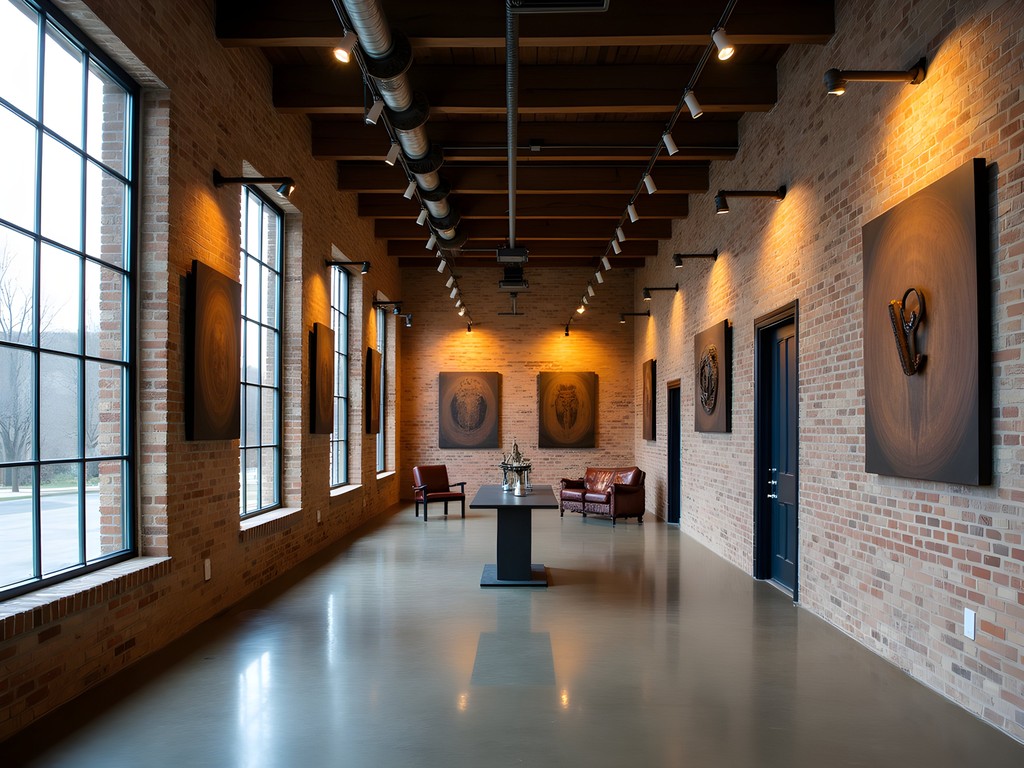
💡 Pro Tips
- Check the Butte-Silver Bow Arts Foundation website for current exhibitions and events during your visit
- Many artists' studios are open by appointment only—reach out in advance to arrange visits
- The First Friday art walks (monthly) are the best time to meet local artists and see multiple galleries
Sustainable Outdoor Adventures
Beyond hiking, Butte offers numerous outdoor activities that allow visitors to connect with the natural environment while treading lightly. As a sustainability professional, I'm always seeking experiences that balance enjoyment with environmental mindfulness.
Mountain biking has become increasingly popular around Butte, with the Copper City Trails system offering over 17 miles of purpose-built singletrack just 15 minutes from downtown. These trails, designed by professional trail builders in cooperation with the Forest Service, minimize environmental impact while maximizing rider enjoyment. I spent a day exploring these flows and berms on a rental bike from a local outfitter, appreciating how the trails were built to shed water properly and resist erosion—sustainable design principles applied to recreation.
For water enthusiasts, Georgetown Lake (about 30 minutes from Butte) provides opportunities for kayaking, stand-up paddleboarding, and fishing. I rented a kayak for a peaceful morning paddle, watching osprey dive for fish while contemplating the watershed connections between these pristine waters and the remediation efforts around Butte's former mining sites.
For my kayaking adventure, I relied on my dry bag to keep my camera equipment protected from splashes. The roll-top closure system and durable material gave me confidence even when water conditions became slightly choppy.
Winter visitors should note that Discovery Ski Area, just 30 minutes from Butte, offers excellent skiing without the crowds or prices of Montana's more famous resorts. The mountain features terrain for all ability levels across its 2,200 acres, with stunning views of the Pintler Wilderness that create a meditative backdrop for downhill adventures.
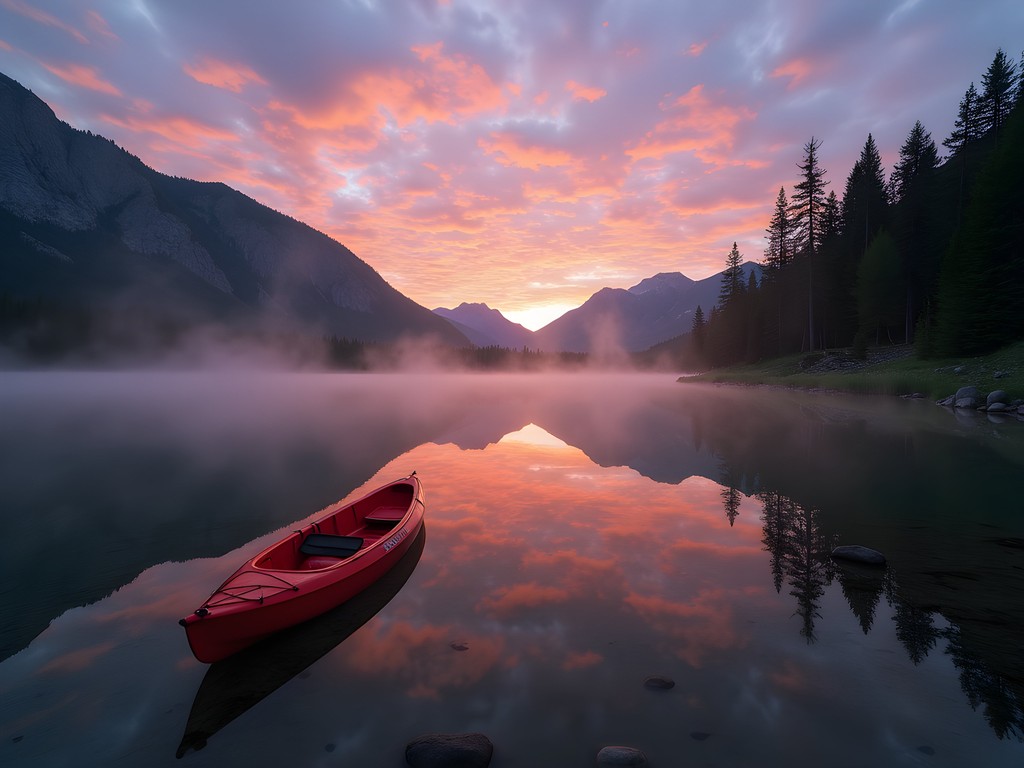
💡 Pro Tips
- Rent mountain bikes from Butte's local bike shops which offer quality equipment and trail recommendations
- Purchase a fishing license online before heading to Georgetown Lake if you plan to fish
- Visit the local ranger station for up-to-date trail conditions and to practice Leave No Trace principles
Local Cuisine & Sustainable Dining
Butte's culinary scene reflects its multicultural mining heritage while increasingly embracing local and sustainable ingredients. As someone who appreciates the craft of food preparation as much as ceramic craftsmanship, I found several establishments worthy of repeated visits.
The historic M&M Cigar Store (don't let the name fool you—it's a restaurant) has been serving miners and visitors since 1890. While not focused on sustainability, this establishment represents cultural preservation at its finest. The massive bar, vintage fixtures, and hearty menu items like pasties—Cornish meat pies brought by immigrant miners—provide a taste of Butte's authentic character. I enjoyed my pasty with a local craft beer while listening to longtime residents share stories of the city's colorful past.
For those seeking more contemporary fare with a focus on local sourcing, Hummingbird Café offers breakfast and lunch dishes featuring Montana-grown ingredients. Their seasonal menu changes based on availability from nearby farms, embodying the farm-to-table ethos I value. The sourdough bread—made with a starter that reportedly dates back to Butte's mining heyday—has a complexity of flavor that reminded me of the artisanal bakeries I've visited across Japan.
Park 217 represents Butte's evolving food scene, with a menu that blends international influences with Montana ingredients. The restaurant occupies a beautifully restored historic building, another example of adaptive reuse that preserves cultural heritage while moving forward. Their bison bolognese—featuring meat from a ranch just outside Butte—offers a sustainable alternative to conventional beef while honoring regional foodways.
For coffee enthusiasts like myself, Oro Fino Coffee provides a perfect morning ritual. Their commitment to ethically sourced beans and skilled preparation methods results in espresso drinks that would satisfy even the most discerning international palates. I often brought along my reusable travel mug to reduce waste while enjoying their expertly crafted americanos during my morning explorations.
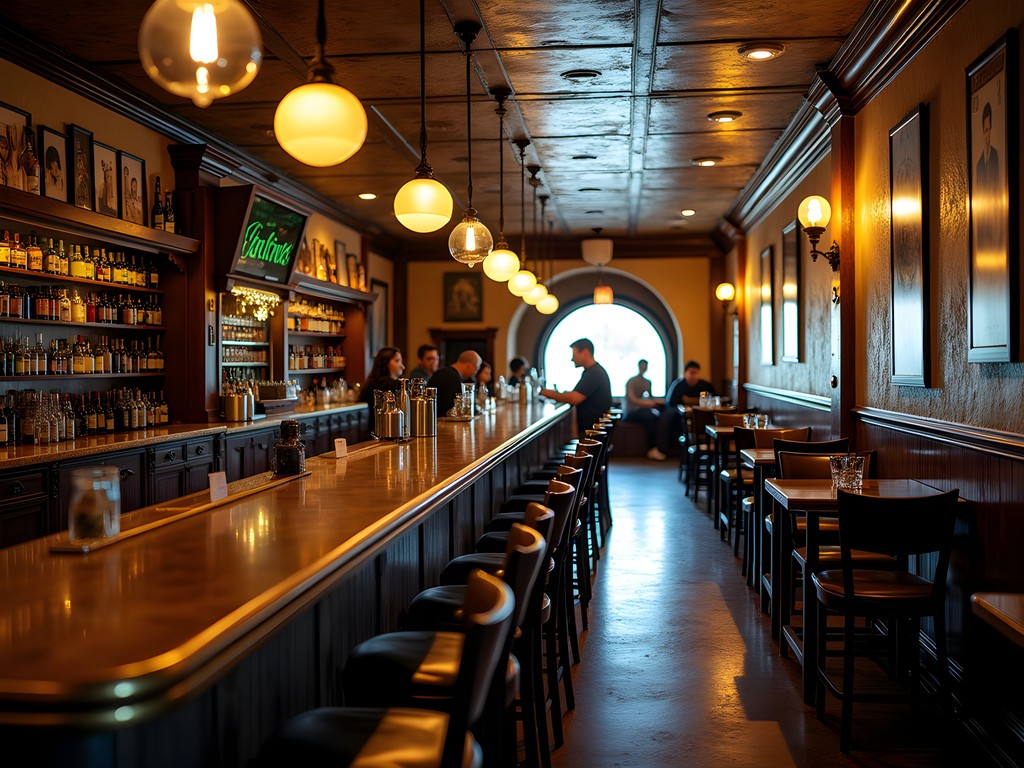
💡 Pro Tips
- The M&M Cigar Store gets crowded around dinner time—go early or be prepared to wait
- Ask servers about the sources of local ingredients—many are happy to share stories about regional producers
- Several restaurants close on Mondays, so plan accordingly
Final Thoughts
As I packed my bags to leave Butte, I found myself reflecting on how this often-overlooked Montana city embodies the principle of kintsugi—the Japanese art of repairing broken pottery with gold, highlighting rather than hiding the breaks. Butte doesn't conceal its industrial scars but instead weaves them into a compelling narrative of resilience and reinvention. For the mindful solo traveler seeking authenticity over polish, this former copper boomtown offers rich rewards: mining heritage that speaks to human ingenuity, mountain landscapes that inspire contemplation, and a community actively reimagining its future while honoring its past. Whether you're hiking the Continental Divide, exploring underground mines, or conversing with local artisans, Butte invites you to discover the beauty in both its perfections and imperfections. I came seeking mountains but found something equally valuable—a deeper understanding of how places, like people, can honor their complex histories while crafting sustainable futures.
✨ Key Takeaways
- Butte offers a rare combination of industrial heritage tourism and pristine mountain wilderness experiences
- The emerging artisan scene provides insights into how communities can transform their identity while honoring their past
- Summer offers ideal conditions for both outdoor adventures and cultural exploration
- Solo travelers will find Butte's community welcoming and its stories compelling
📋 Practical Information
Best Time to Visit
June through September
Budget Estimate
$75-125 per day including accommodations, food, and activities
Recommended Duration
5-7 days
Difficulty Level
Moderate

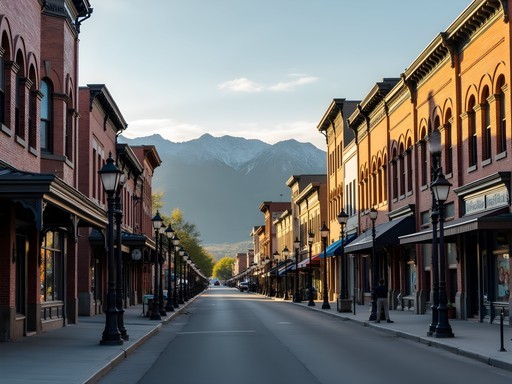






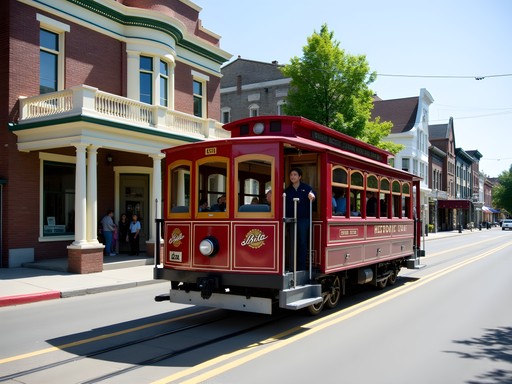


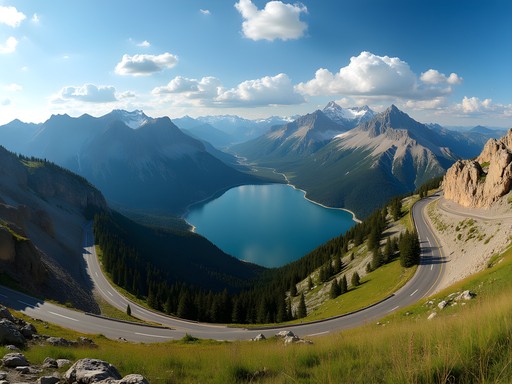
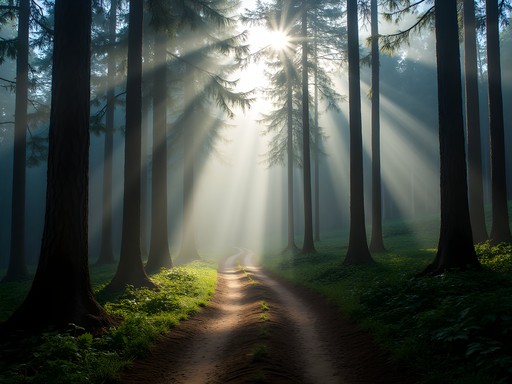
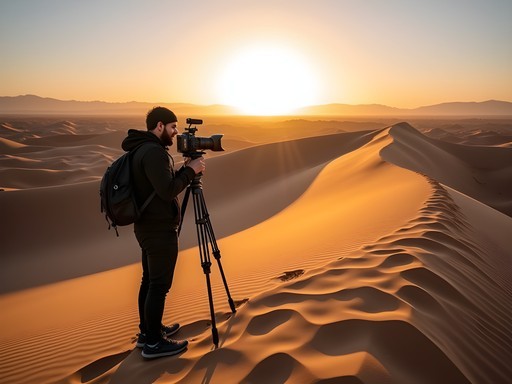
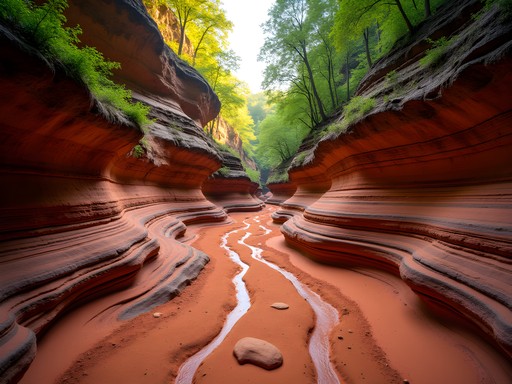
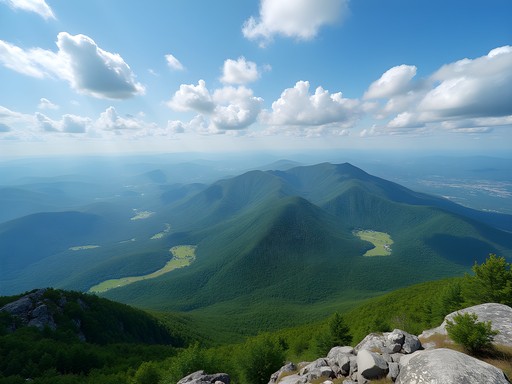
Comments
travelseeker
Just got back from Butte last week and it was such an underrated gem! The World Museum of Mining was incredible - spent almost 4 hours there. Kenneth, your description of standing on the Continental Divide really resonated with me. Did you get a chance to try the pasties at Gamer's Cafe? Total local tradition that goes back to the mining days when workers needed portable lunches.
Bryce Diaz
Those pasties are legendary! I still dream about them sometimes. Did you check out the Berkeley Pit too?
travelseeker
Yes! The Berkeley Pit was mind-blowing and kind of sobering too. Definitely shows both sides of the mining legacy that Kenneth talked about in the post.
roamhero
Is Butte good to visit in winter or should I wait for summer?
Kenneth Jones
Winter has its own charm - the mining headframes with snow are beautiful, but trails can be icy. Summer gives you access to everything. Spring (May-June) might be the sweet spot!
luckynomad
Just got back from Butte last week! Pro tip: the underground mining tour sells out quickly, especially on weekends. Book it at least a day ahead. Also, don't miss the Dumas Brothel Museum - such a fascinating glimpse into another side of mining town history. The docent there told stories that weren't in any guidebook!
summerhero
Thanks for the tip on booking ahead! Planning a trip for May.
Frank Garcia
I visited Butte last autumn while backpacking through Montana and was surprised by how underrated it is. The World Museum of Mining is genuinely one of the best industrial heritage sites I've explored - and I've seen quite a few across Europe. What makes it unique is how the mining infrastructure is still so visible throughout the city, creating this fascinating industrial landscape. Kenneth's point about the artisan revival is spot on - I stayed at a renovated historic hotel downtown where the owner was a former miner turned artist. For anyone planning a trip, I'd recommend bringing proper hiking boots for the Continental Divide trails and a good camera with wide-angle lens for those expansive mining landscape shots. I used my travel tripod for some night photography of the historic headframes when they're lit up - absolutely magical.
wavelegend
Those sunset photos from the Continental Divide are epic!
springbackpacker
This is EXACTLY what I needed!! Heading to Montana next month and adding Butte to the itinerary! Any recommendations for specific trails with the best views of the Continental Divide? Also, how many days would you recommend staying?
Kenneth Jones
Hi @springbackpacker! For Continental Divide views, I highly recommend the Big Butte Trail - about 2 miles roundtrip with stunning panoramas. If you're up for something more challenging, try the Milwaukee Road Trail. I'd suggest 2-3 days to really experience everything without rushing.
springbackpacker
Thanks so much Kenneth! Adding these to my list right now!
Sophia Gomez
Kenneth, your comparison of Butte to kintsugi is absolutely perfect! I was there last summer for a business conference and extended my stay to explore. The Berkeley Pit tour was sobering but important - really makes you think about the environmental legacy of mining. What struck me most was the contrast between the industrial history and the emerging arts scene. Had an amazing dinner at a farm-to-table spot downtown where the chef told stories about Butte's resilience. Did you make it to the Granite Mountain Memorial? That was the most moving part of my visit.
roamhero
Sophia - was the restaurant called Uptown Cafe by chance? I've heard amazing things!
Sophia Gomez
Yes @roamhero! That's the one. Their trout was incredible - locally caught and perfectly prepared.
explorechamp
Never considered Butte before but this has me intrigued! The mining history sounds fascinating.
Fatima Sims
Kenneth, I love how you connected your personal heritage to Butte's story! I visited last summer and was similarly moved by the resilience of this place. The Berkeley Pit tour was sobering - seeing the environmental impact firsthand really makes you think about the true cost of our industrial past. But I was heartened by the reclamation efforts and the community's dedication to preserving their history while moving forward. For anyone planning a visit, I'd add that staying at one of the historic hotels downtown (I chose the Copper King) really enhances the experience. And the locals are incredibly welcoming - I ended up getting a private tour of an old headframe just because I struck up a conversation with a former miner at a coffee shop! That's the kind of authentic experience you can't plan for.
happywalker
Any recommendations for family-friendly hikes near Butte? Taking the kids in September!
Fatima Sims
Thompson Park has some great easy trails! The Milwaukee Road trail is pretty flat and has cool railroad history. My kids' hiking backpack was perfect for when my little one got tired. Also check out the Continental Divide trail section mentioned in the article - there's an easy 2-mile loop with amazing views!
happywalker
Thanks so much! Those sound perfect for us.
Venture X
Premium card with 2X miles, $300 travel credit, Priority Pass